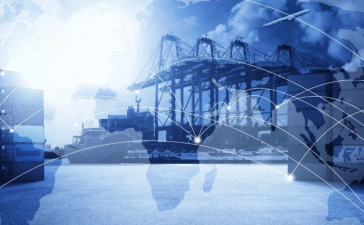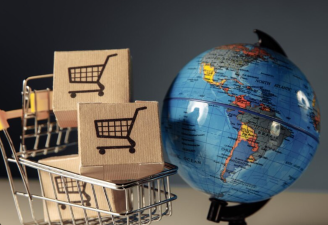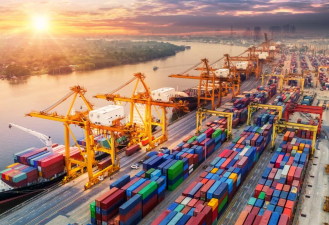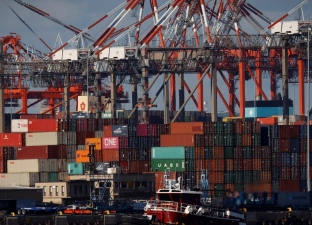The impact of foreign trade on the economy is primarily reflected in the following aspects:
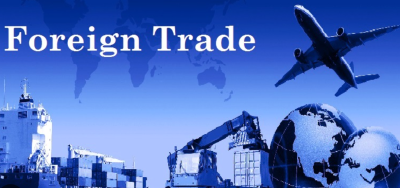
- Promoting economic growth: Exports increase foreign exchange earnings, providing financial support for economic growth. It expands the market, improves production efficiency, and promotes industrial upgrading.
- Promoting industrial development: Exports can drive the development of related domestic industries and create employment opportunities. Importing advanced technology and equipment improves domestic production efficiency and product quality.
- Strengthening international economic ties: Promoting economic exchanges and cooperation between countries, enhancing international friendship and cooperation. Strengthening China's economic ties with the world enhances its international status and influence.
- Optimizing resource allocation: Adjusting surpluses and shortages, saving labor, and achieving better economic returns.
- Promoting technological innovation: Absorbing and introducing advanced scientific and technological achievements from around the world, strengthening economic strength. Facing the competitive pressures of the international market, it encourages domestic enterprises to upgrade their technologies and improve labor productivity.
- Impact on the quality of economic growth: The structure of foreign trade affects both the quality and quantity of economic growth. Shifting the growth model from over-reliance on exports to a balanced emphasis on domestic and external demand.
- Supporting the development of a modern industrial system: Optimizing the industrial structure, enhancing innovation capabilities, and improving technological levels will help strengthen international competitive advantages.
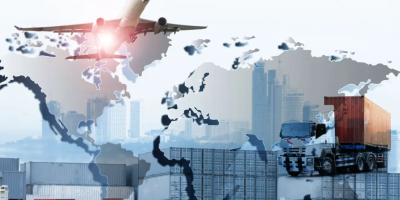
Advantages of International Trade
- International trade also has a significant impact on total factor productivity.
International trade can effectively optimize a country's resource allocation. When selecting import and export products, a country will export products in which it has advantages and import products in which it has disadvantages, effectively optimizing the allocation of its resources. At the same time, globalization has led to increasing similarities between countries. The development of trade is no longer determined by national natural factors, but rather by economies of scale. However, economies of scale are difficult to achieve through the domestic market, so international trade creates favorable conditions for their development.
- International trade also promotes the deepening of the international division of labor.
The international division of labor refers to the division of production among countries worldwide, primarily achieved through international trade. In the early days, international division of labor was primarily inter-departmental. Each country's goods were produced within its own country, and division of labor was achieved through international trade. With the development of international trade and the internationalization of productivity, countries have engaged in extensive cooperation in the production sector. This not only breaks down national boundaries but also extends to within enterprises, workshops, work processes, and techniques. This has led to the international division of labor evolving from a departmental division to an intra-departmental division. This division of labor has closely interconnected production and exchange across countries, driving the development of the world economy.
- International trade has also strengthened the exchange and development of science and technology internationally.
People are constantly making scientific inventions and innovations, applying new technologies, processes, and scientific management methods to develop production and improve labor productivity. However, the invention, innovation, and application of science and technology first began in individual countries and were later disseminated to other countries and regions through various channels, primarily international trade. International trade not only promotes the exchange of science and technology but also plays a role in protecting and developing science and technology.
- International trade has also promoted the upgrading of industrial structures.
Through imports and exports, enterprises can more efficiently utilize global resources, optimizing and upgrading industrial structures. At the same time, international trade can also drive businesses toward high-tech, high-value-added development, thereby promoting the upgrading of entire industries. For example, the European Union (EU) has established a free trade area, eliminating trade barriers and tariffs between member states. This free trade area has brought significant benefits to EU member states. First, it has significantly increased trade volume among EU member states. Without trade barriers and tariffs, goods and services can flow freely between member states, increasing trade convenience. This has promoted economic growth and product diversification. Second, the free trade area has stimulated economic competitiveness. With more open markets among member states, businesses can compete more freely and expand their businesses. This competition has spurred innovation and improved product quality among businesses, further boosting economic growth across the EU.


